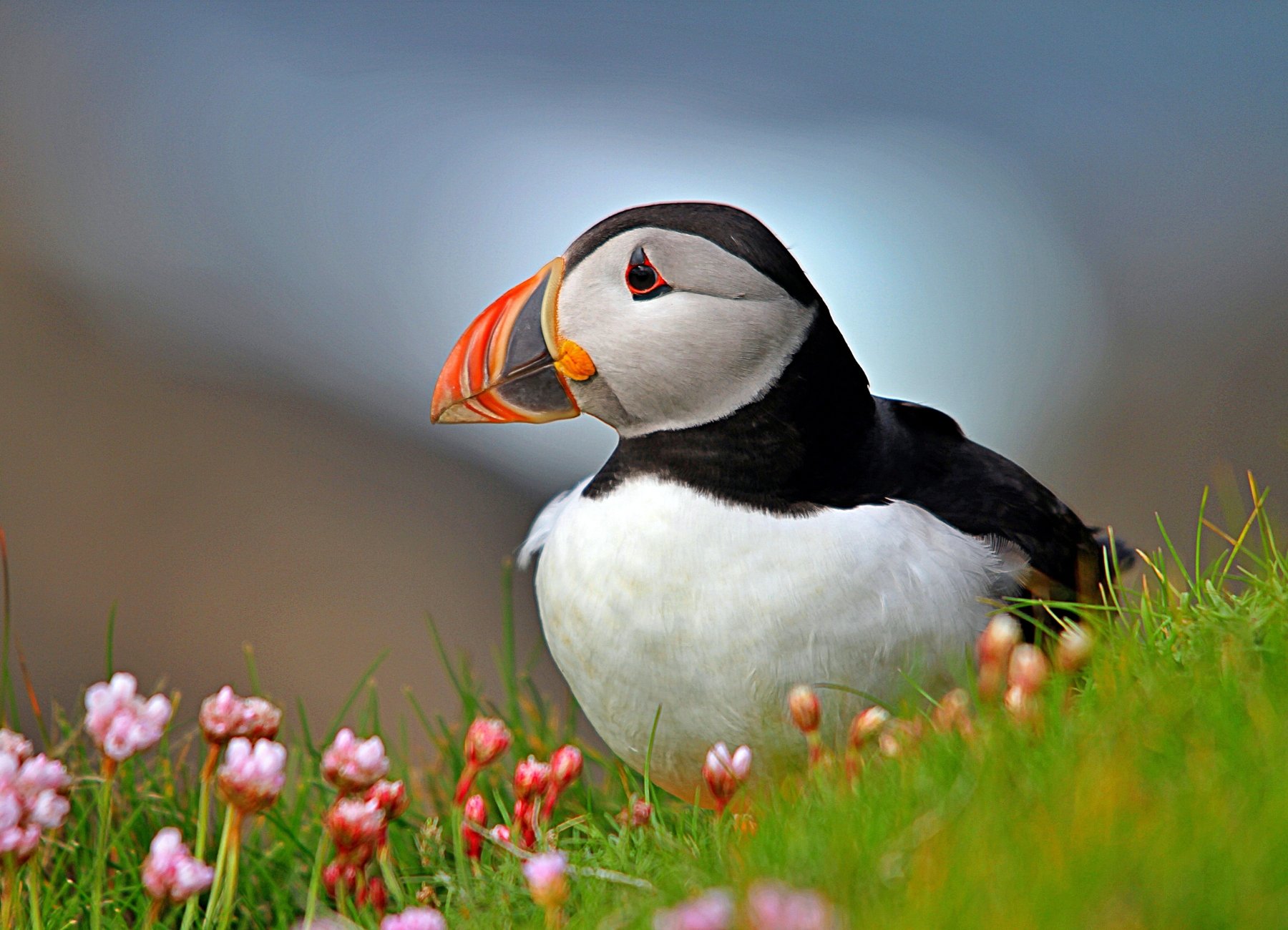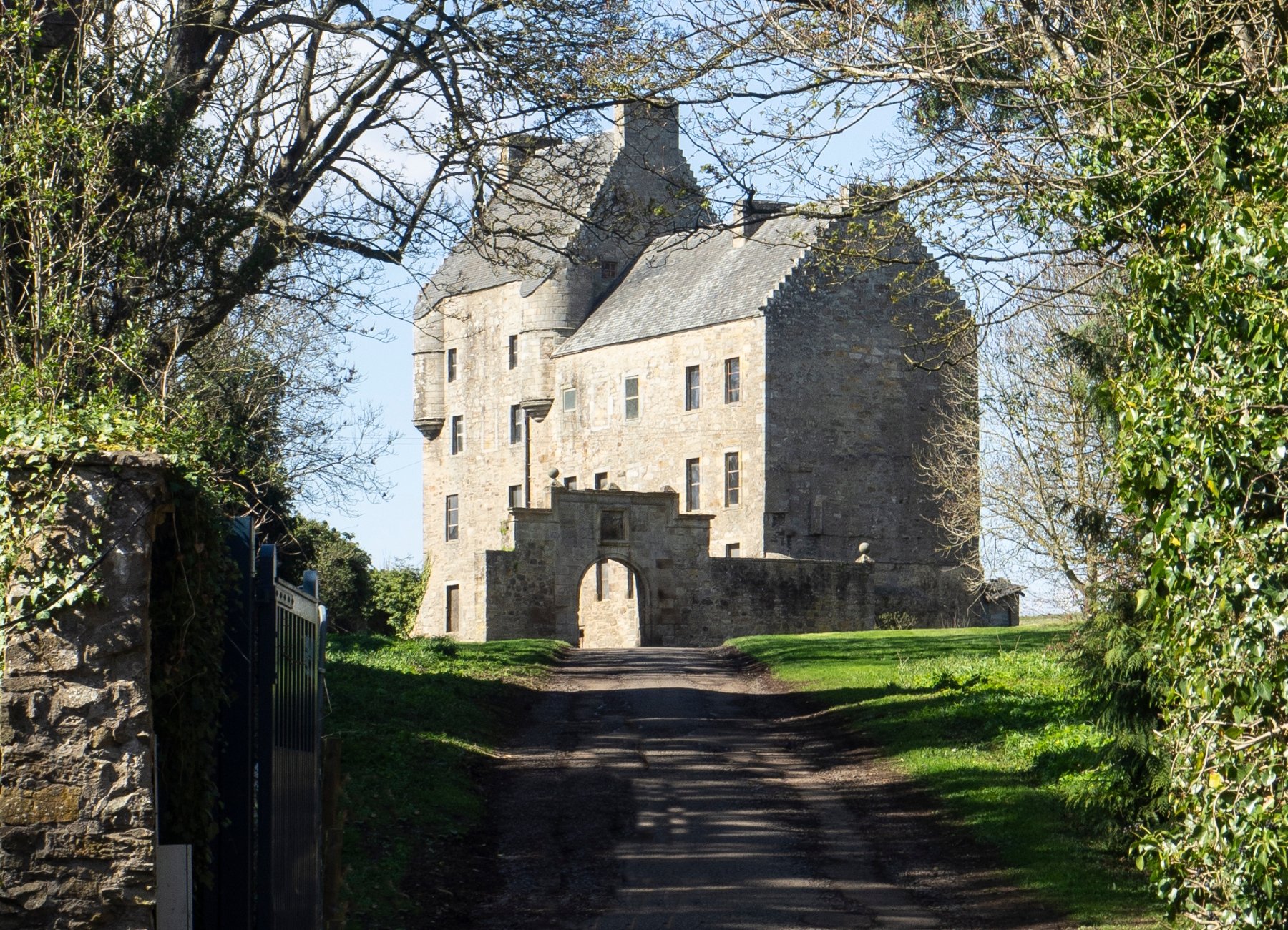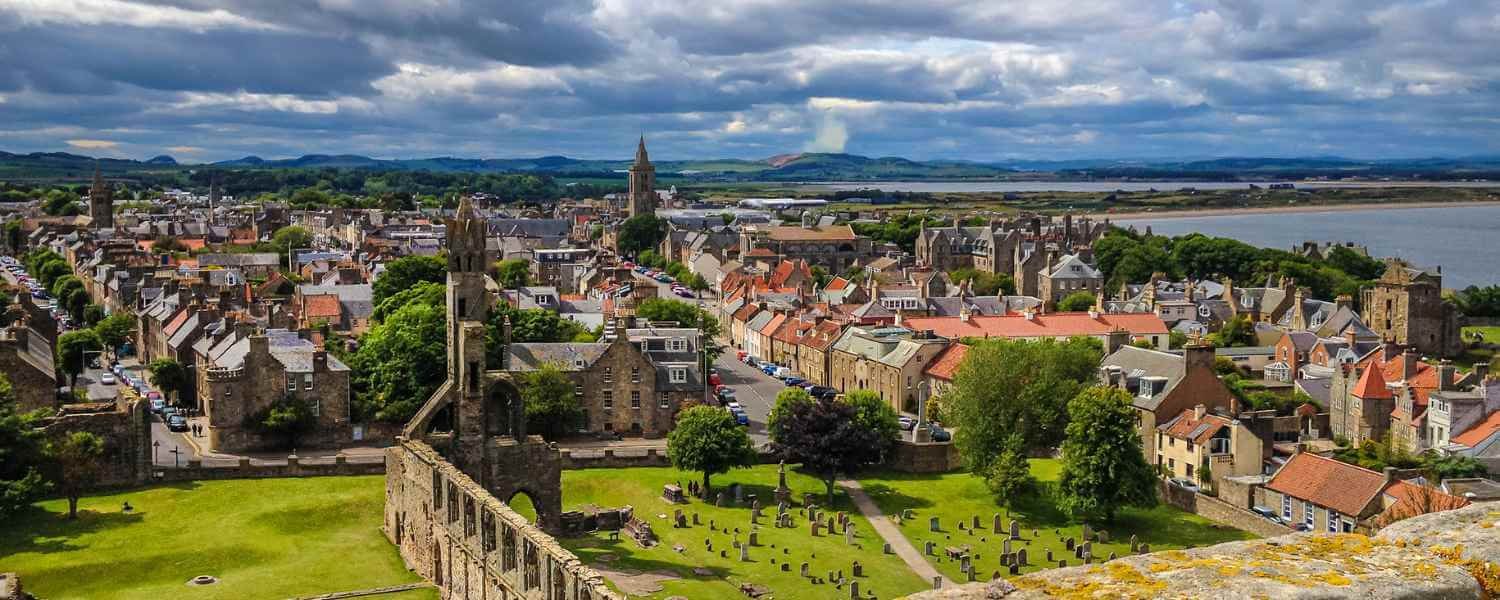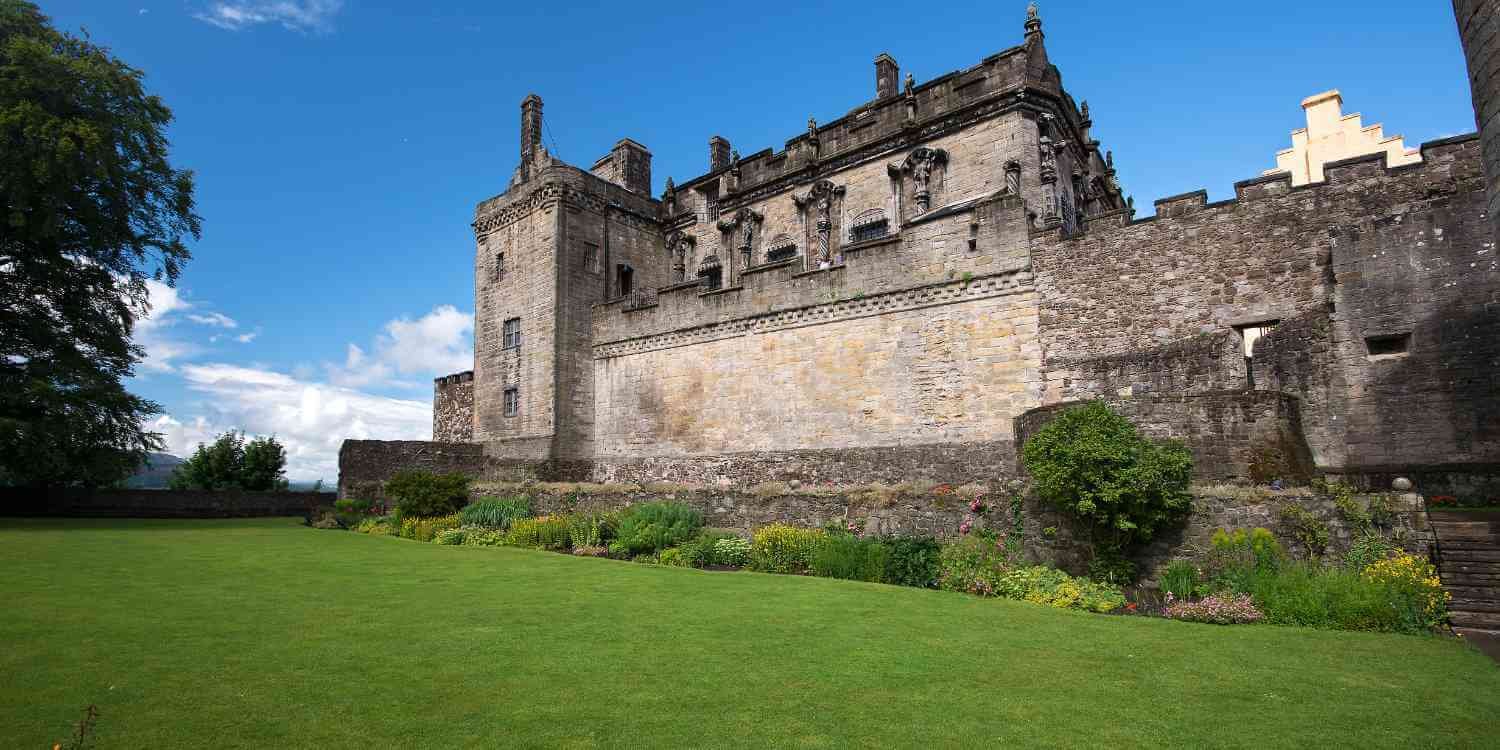8 Top Things to See in Edinburgh, Scotland
Edinburgh is renowned as one of Europe's most lively and friendly cities. It offers visitors the best of both worlds - urban attractions and beautiful natural landscapes - providing plenty of choice for everyone.
If you want to explore more of what the Scottish capital has to offer, here are some of the top things to see and do in this easy-to-navigate city. With major attractions like Edinburgh Castle and smaller gems like Dean Village, plus lively festivals, markets, and day trips to nearby islands and historic sites, Edinburgh satisfies every interest.
At Scotland’s Wild, our friendly, story-telling guides have led thousands of trips through Scotland. We share history, legends and tales to entice people to visit this incredible country!
If you’d like to check-out our selection of tours, from day trips to island hopping multi-day adventures - click here.
Royal Mile
The Royal Mile is one of the most iconic streets in Edinburgh's Old Town. This succession of streets connects Edinburgh Castle to the Palace of Holyroodhouse. The total distance between the two royal residences is exactly one mile, giving the street its name in the 16th century.
The Royal Mile is made up of five sections - Castle Esplanade, Castlehill, Lawnmarket, High Street, and Canongate. Each section has its own unique history and highlights. Lined with cobblestone streets, the Royal Mile is home to medieval architecture, charming closes and wynds, historic churches, and modern shops and restaurants.
Some of the top attractions along the Royal Mile include St Giles' Cathedral, a 15th-century Gothic church and landmark of the city. The Real Mary King's Close located just off the Royal Mile, offers a glimpse into Edinburgh's past with its preserved 17th-century streets and spaces. There are also many historic buildings like the former 16th-century home of Scottish reformer John Knox. No visit to the Royal Mile is complete without browsing the many local shops, cafes, and whiskey bars tucked away in its narrow side streets and passages.
Whether you're a history buff, architecture lover, or avid shopper, the Royal Mile has something for everyone. It encapsulates the heart and soul of Edinburgh's Old Town.
Edinburgh Castle
Edinburgh Castle sits atop Castle Rock, dominating the city's skyline. With a history dating back to the 12th century, this imposing fortress has served as a royal residence, military barracks, and state prison over its centuries of use. Today, Edinburgh Castle remains a highlight for visitors, offering a glimpse into Scotland's regal past.
The castle contains numerous highlights, including the Scottish Crown Jewels and the Stone of Destiny. The Crown Room houses Scotland's crown jewels, known as the Honors of Scotland.
This dazzling collection includes the Imperial State Crown, encrusted with diamonds, emeralds, and sapphires. The Stone of Destiny, also called the Stone of Scone, served for centuries as the coronation stone of Scottish kings. After being seized by England in 1296, it was finally returned to Scotland in 1996.
In addition to the royal artifacts, the castle houses the National War Museum of Scotland. This museum traces Scotland's military history through exhibits of weapons, medals, uniforms, and other artifacts. Visitors can also view the castle's former prisons and see the Great Hall, used for ceremonial occasions.
No trip to Edinburgh Castle is complete without catching the iconic Military Tattoo. This annual festival features massed pipe bands, drill teams, dancers, and gymnasts performing on the esplanade against the backdrop of the floodlit castle. The Tattoo attracts over 200,000 spectators during its August run. From the skirl of bagpipes to the boom of cannon fire, Edinburgh Castle captures Scotland's enduring grandeur.
Arthur's Seat
An unmissable landmark, Arthur's Seat provides visitors with spectacular views of the city. The rocky hills within Holyrood Park formed from an extinct volcano around 350 million years ago. Long extinct, it's now hikers and visitors that stream down its steep banks.
Keen for breathtaking panoramic vistas of Edinburgh from above? You'll see its spires and rooftops, the Firth of Forth, Murrayfield Stadium, the Pentland Hills and beyond from up here.
Arthur’s Seat itself is a former hill fort surrounded by three defensive siblings. The geological history and hiking trails make this a must-visit spot to admire Edinburgh from above.
Princes Street
Princes Street is one of Edinburgh's most famous streets, running east to west through the heart of the city's centre. With its prime location and rich history, it's no wonder Princes Street is a must-see for any visitor to Edinburgh.
The street was originally built in the 1760s and named after King George III's two eldest sons - the Prince of Wales and the Duke of York. It quickly became an upmarket residential area, lined with the elegant townhouses of Edinburgh's upper class.
However, over time Princes Street transformed into the bustling retail hub it is today. The arrival of new railway lines connecting Edinburgh to other major cities brought droves of visitors eager to experience the city's shopping. Elegant townhouses made way for glitzy department stores, like Jenners which still stands today.
While much of Princes Street is now dominated by high street chains and shopping malls, two green spaces along the road provide a tranquil contrast. Princes Street Gardens lie in the valley between the Old and New Towns, with Princes Street running along the south side. These gardens are a popular spot to relax, hosting events and festivals throughout the year.
The western end of Princes Street faces onto The Mound, a small hill connecting the Old and New Towns. At the top of The Mound sits Edinburgh's National Gallery, with its neoclassical facade overlooking Princes Street's shops below.
So whether you're looking to shop, relax among greenery, or take in some culture, Princes Street has it all. This historic thoroughfare truly is the beating heart of Edinburgh.
New Town
The New Town is known for its beautiful Georgian architecture and charming attractions. Designed in the late 18th century by James Craig, the New Town expanded Edinburgh beyond the crowded Old Town and provided elegant new residences for the city's upper classes.
The streets and squares of the New Town are lined with sandstone townhouses featuring classical facades, ornate detailing, and distinctive columns. George Street is the widest and grandest street, connecting St Andrew Square and Charlotte Square. Walking along these streets feels like stepping back in time to the Georgian era.
One of the best examples of a New Town house is The Georgian House at 7 Charlotte Square. This National Trust property was built in 1796 and allows visitors to tour period rooms like the grand Drawing Room and view fine furnishings and artwork. Nearby, the Scottish National Portrait Gallery located in a Gothic Victorian building houses paintings, sculptures, and photographs of famous Scots.
For some greenery and city views, head to Calton Hill located on the eastern edge of the New Town. This hilltop park is dotted with monuments and memorials like the National Monument and the Nelson Monument. From the summit, you can take in panoramic views over Edinburgh.
The New Town offers a refined contrast to the Old Town's narrow closes and wynds. With its neoclassical buildings, upscale shops and cafes, and leafy gardens, it's a delight to explore this well-preserved neighborhood.
Holyrood Park
Holyrood Park sits in the heart of Edinburgh, with Arthur's Seat forming its peak. The park contains the atmospheric ruins of Holyrood Abbey, founded in 1128 by King David I. All that remains today are the beautiful Gothic walls and arched window frames. The abbey holds great historical significance, having served as the site of royal weddings, coronations, and burials through the centuries.
Visitors can explore the abbey ruins and admire the intricate stonework and arched ceilings. An audio tour helps bring the history to life, detailing the abbey's role as not just a place of worship but the setting for major political events.
While the roof is gone, the ornate front facade still stands tall. Wandering through the ruins, one can imagine the grandeur this abbey held at the height of its influence.
Beyond the abbey itself, Holyrood Park contains a wealth of walking trails past lochs, crags, and glens. Hiking to the summit of Arthur's Seat rewards visitors with panoramic views over Edinburgh. For history buffs and nature lovers alike, Holyrood Park offers a tranquil escape from the bustle of the city.
Museums
Edinburgh has a wealth of museums and galleries to explore. Two of the best are the Scottish National Gallery and the Museum of Childhood.
Scottish National Gallery
Located just off Princes Street, the imposing neoclassical Scottish National Gallery dates back to the 1850s. Designed by architect William Henry Playfair, it houses an impressive collection of artwork. Highlights include Van Gogh's Orchard in Blossom, Salvador Dali's Lobster Telephone, and transcendent paintings by Scottish artists like Peter Graham. The gallery also features works by Charles Rennie Mackintosh and has a restaurant with panoramic views over the city.
Museum of Childhood
The Museum of Childhood is the first of its kind in the world. It is filled with exhibits related to children's lives and play. You'll find Victorian dolls, vintage bikes and toys, and classic board games that will appeal to both kids and adults feeling nostalgic. This inventive museum offers a unique glimpse into childhood over the past centuries.
Head Out of the City
Edinburgh is gorgeous but there’s nothing quite like the highlands and islands of Scotland. If you’re coming for a visit, you HAVE to get out there and enjoy some Scottish countryside.
We offer plenty of options for tours out of Edinburgh from day tours to multi-day tours exploring the islands. You can head to Loch Ness in a day here. Or take an epic 3-day tour to the beautiful Isle of Skye here.
Whatever you choose we have a tour fit for you! Check out our day tours from Edinburgh or multi-day tours here.














